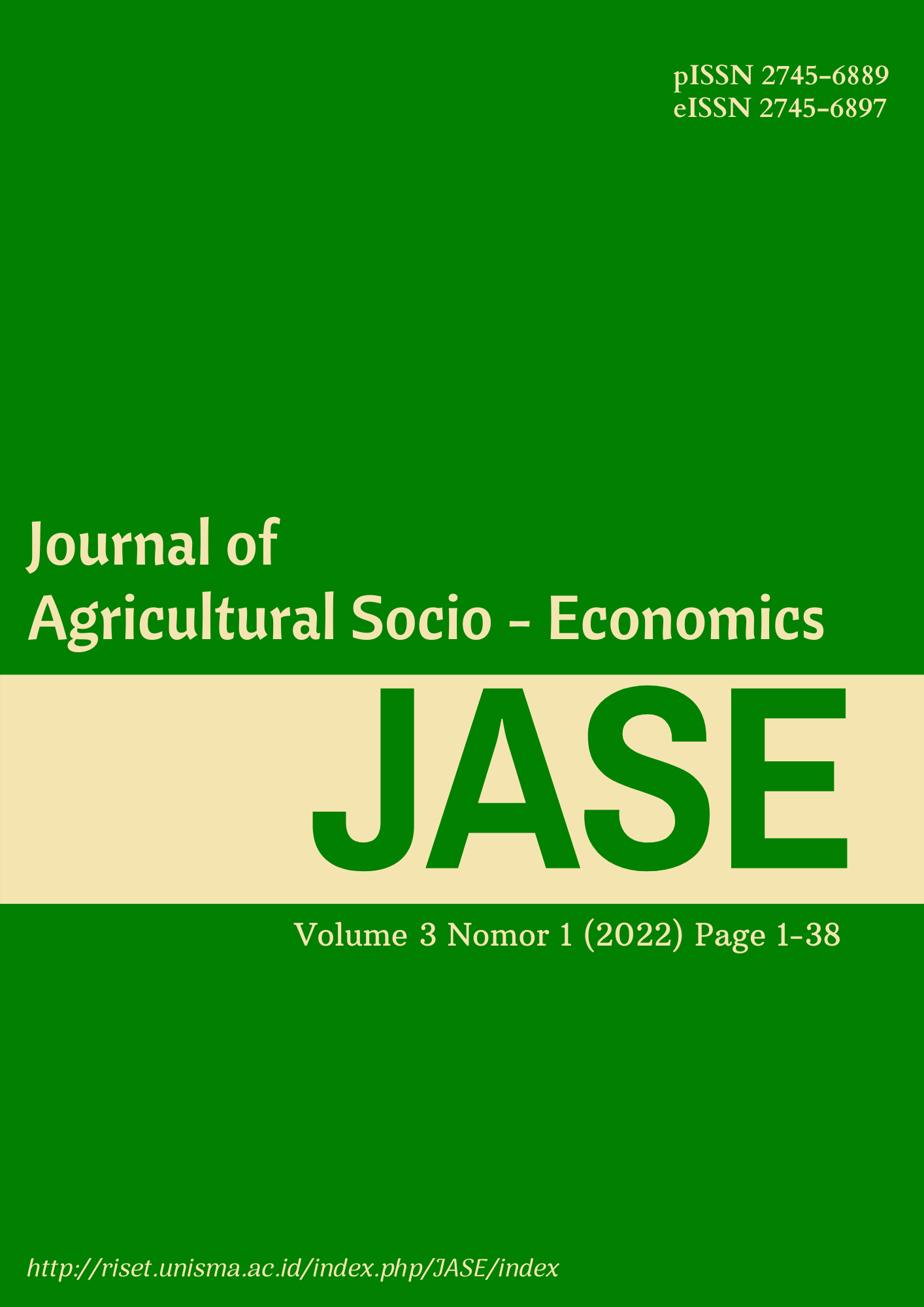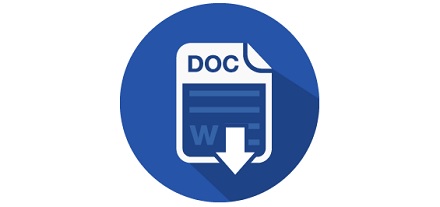Analisis Potensi Komoditas Kopi Kabupaten/Kota di Indonesia Tahun 2015: Metode Fuzzy C-Medoid Clustering
DOI:
https://doi.org/10.33474/jase.v3i1.14847Keywords:
cluster, coffee, potencyAbstract
Indonesia is one of the largest producing and exporting countries of coffee in the world. 90% of coffee plantations in Indonesia are empowered by small farmers. By that, the development of coffee production in Indonesia has a great influence to the improvement of the welfare of people with middle to lower economic capacity and is able to encourage inclusive economic growth. However, until now Indonesia's coffee production still has a weak competitiveness compared to the other three exporting countries. The quality of Indonesian Arabica and Robusta coffee beans as export varieties is relatively low, causing the Indonesian coffee market share to be threatened. This reflects that the government's efforts to improve the quality and production of coffee are not optimal and not well targeted. Those efforts will run more effectively and efficiently when it’s applied to areas with high coffee production potential. Therefore, this study aimed to analyze which regions in Indonesia that have potential for coffee production and group them into clusters according to the characteristics of each region they have. The data in this study were sourced from the Indonesian Coffee Statistics Publication of the Directorate General of Plantations, Ministry of Agriculture in 2015 and the analytical method used is a descriptive method with graphs and Fuzzy C Medoid Clustering. The results of the robusta coffee clustering show that there are 28 districts/cities classified as high potential to develop this type of coffee with the characteristics of coffee plantation area, percentage of undamaged coffee plantation land, coffee productivity, and a high number of coffee farmers. Meanwhile, for Arabica coffee, there are 32 regions/cities classified as high potential with the characteristics of coffee plantation area and large number of coffee farmers. These results can be utilized by the local government as well as the central government to focus on the development of coffee production in these districts/cities.
References
Arnaz, Eka Pratiwi. 2013. Analisis Permintaan Kopi Lampung ke Jepang Periode 2000-2012. Skripsi Sarjana Sains Terapan. Sekolah Tinggi Ilmu Statistik. Jakarta.
Direktorat Jenderal Perkebunan Kementrian Perkebunan. 2017. Statistik Perkebunan Indonesia 2015-2017. Jakarta: Sekretariat Direktorat Jenderal Perkebunan
http://bps.go.id. Tentang data kopi Indonesia. Diakses pada Januari 2018.
http://www.fao.org/faostat/en/#data/QC. Tentang data kopi secara internasional. Diakses pada Januari 2021.
https://www.indonesia-investments.com/id/bisnis/komoditas/kopi/item186. Tentang produksi kopi Indonesia. Diakses pada Januari 2021.
Iqbal, Muhammad dan Iwan Setiajie Anugrah. 2009. Rancang Bangun Sinergi Kebijakan Agropolitan dan Pengembangan Ekonomi Lokal Menunjang Percepatan Pembangunan Wilayah. Jurnal Analisis Kebijakan Pertanian. Volume 7 No. 2, Juni 2009: 169-188.
Krishnapuram, Raghu dkk. 2001. Low-Complexity Fuzzy Relational Clustering Algorithms for Web Mining. IEEE Transactions On Fuzzy Systems, Vol. 9, No. 4, August 2001.
Maulana, Mohamad. 2004. Peranan Luas Lahan, Intensitas Pertanaman dan Produktivitas Sebagai Sumber Pertumbuhan Padi Sawah di Indonesia 1980-2001. Jurnal Agro Ekonomi, Vol.22 No.1
Nalurita, Sari. Et al. 2014. Analisis Daya Saing dan Strategi Pengembangan Agribisnis Kopi Indonesia. Jurnal Agribisnis Indonesia, Vol.2 No.1.
Nugroho, S.B.M., 2004. Model Ekonomi Basis untuk Perencanaan Pembangunan Daerah. Jurnal Dinamika Pembangunan (JDP), 1(Nomor 1), hal.23-30.
Paolo Giordani dan Maria Brigida Ferraro. 2015. Package ‘fclust’. Diakses melalui https://cran.r-project.org/web/packages/fclust/fclust.pdf.
Pindyck, RS., Dan Rubinfeld, DL. 1999. Mikro Ekonomi. Jakarta: Prehallindo.
Saputra, E. 2008. Kopi. Harmoni. Yogyakarta.
Soekartawi. 1990. Teori Ekonomi Produksi, dengan Pokok Bahasan Analisis Fungsi Cobb-Douglass. Jakarta.
Supranto, J.. 1988. Statistik: Teori dan Aplikasi. Jilid 1. Erlangga. Jakarta.
Sutomo, Slamet. 2015. Sistem Data dan Perangkat Analisis Ekonomi Makro. Bandung: Corbooks.
Downloads
Published
How to Cite
Issue
Section
License
JASE: Journal of Agricultural Socio-Economics with a registration number of ISSN xxxx-xxxx (printed) and xxxx-xxxx(online) published by the Department of Agribusiness, Faculty of Agriculture at the University of Islam Malang by applying for copyright and License.
Copyright:
- Copyright in each text is the property of the author.
- The author agrees that JASE has the right to the first license issued with a Creative Commons Attributions-ShareAlike 4.0 International License.
- The author can write the article separately through non-exclusive distribution with other versions related to the article that was first published in the JASE : Journal of Agricultural Socio-Economics.
Licence:
- Attribution: You must give appropriate credit, provide a link to the license, and indicate if changes were made. You may do so in any reasonable manner, but not in any way that suggests the licensor endorses you or your use.
- ShareAlike: If you remix, transform, or build upon the material, you must distribute your contributions under the same license as the original.
- No additional restrictions: You may not apply legal terms or technological measures that legally restrict others from doing anything the license permits.
You are accessible to:
- Share a copy and redistribute this material in any form or format.
- Change and make derivatives of this material for any purpose, including commercial interests.
- The licensor cannot revoke the above conditions as long as the authors comply with the terms of this license.
Â

This work is licensed under a Creative Commons Attribution-ShareAlike 4.0 International License.








_-_Copy.jpg)

